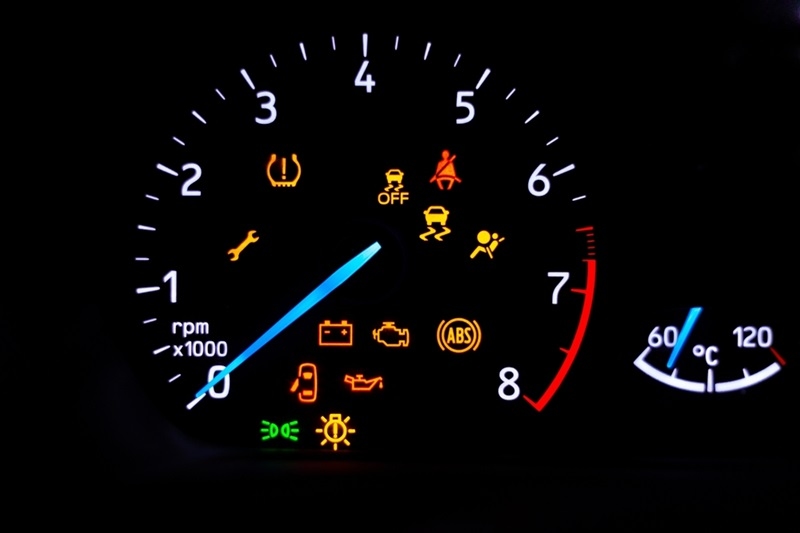
When you are on the road, your vehicle is a bit like a trusted buddy. It communicates with you, particularly when something is amiss. It does so using warning lights on the dashboard one way. The small icons are baffling at first glance, but in reality, they are your vehicle's way of saying, "Hey, I need attention"!
If you're a new driver or simply wish to know more about your vehicle, this driver guide is for you. It will explain the most frequent dashboard warning lights and how they can be interpreted, as well as provide some straightforward troubleshooting tips. Once you read it, you will be more at ease dealing with these warnings and maintaining your vehicle in top shape.
Your dashboard is your car's control panel. It keeps you up to date with vital information about how your car is doing. These warning lights exist to alert you to possible issues, from as basic as having a loose gas cap to as severe as engine trouble.
Don't ignore these lights, or your car will create larger issues in the future. It's something you want to notice, like a message of an SOS for assistance from your vehicle. The longer you put off diagnosing, the worse your car and your purse will be.
Here are a few of the most frequent warning lights you'll probably notice:
It's shaped like a small engine and is one of the most prevalent (and poorly understood) warning lights. It can indicate everything from a loose gas cap to an actual engine issue.
This oil can-shaped light informs you that your vehicle has low oil pressure. Low oil pressure can destroy your engine, so this is one light you don't want to ignore.
This battery-shaped light informs you that your car's charging system is faulty. It may be a battery, alternator, or wiring issue.

This light is shaped like an exclamation point in a circle or the word "BRAKE." It can mean your parking brake is engaged or your braking system is malfunctioning.
This light is shaped like a flat tire with an exclamation mark and signals that one or more of your tires is low on pressure.
This light is in the shape of waves or a thermometer and indicates your engine is too hot.
This light indicates "ABS" and indicates your anti-lock braking system is not functioning.
This light appears to be a person with a ball in front of the person, which means your airbag system is faulty.
This light appears to be a gas pump, which means your fuel level is low.
This light is a gear-shaped light with a thermometer, which means that your transmission is too hot.
This light resembles a car with wavy lines below it and is an indication that your traction control system is engaged or malfunctioning.
This light resembles a wrench and signifies your vehicle requires routine maintenance.
When a dashboard warning light illuminates, you can't help but feel a little anxious. But don't panic! Follow these easy troubleshooting steps:
If you’re new to driving or just want to stay on top of your car’s health, here are some car basics to keep in mind:
Avoiding these warning lights is the optimal solution to warning lights. Here's how:
Even some of the warning lights will be fixed with a minor adjustment, but others require the attention of a mechanic. These are situations when you should have one called in:
Keep in mind that your owner's manual is a great resource for familiarizing yourself with these warning lights and how to seek help.
Dashboard warning lights are your car's method of communicating with you. If you listen and know what they are saying and how to react, you'll be able to keep your car running at its best and prevent costly repairs. You're a new car owner or just need a car smarts refresher -- either way, this book will have you driving more confidently in your car.
So, the next time a light comes on in your dashboard, don't panic. Take a deep breath, read this book, and get to work solving the problem. Your wallet—and your car—will appreciate it!
This content was created by AI